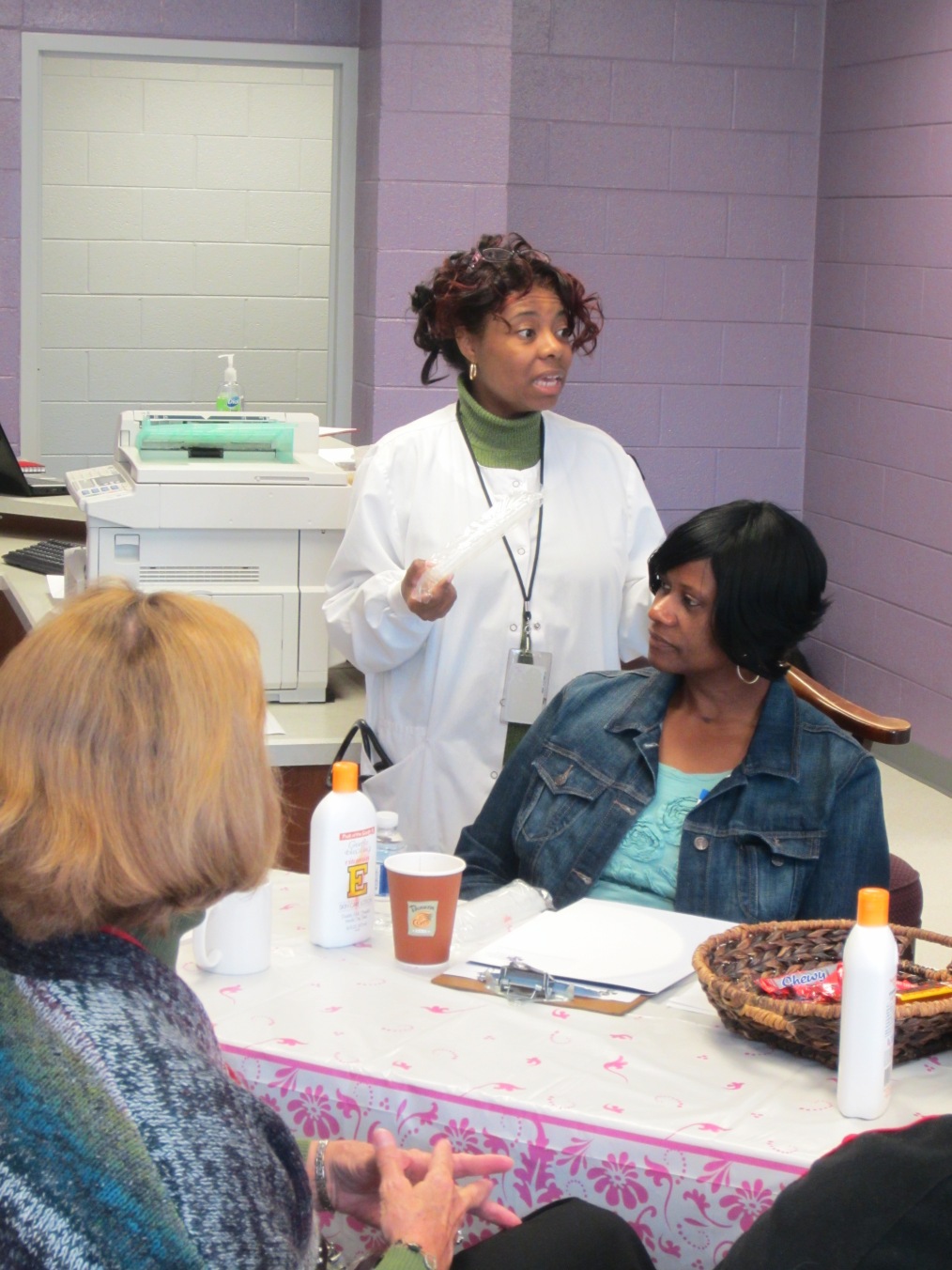“I’m trying so hard, so where am I going wrong,” shared one patient at July’s Group Diabetes Visit Pilot. Living with diabetes can be lonely and frustrating especially for patients of Alliance who do not have the same access to resources or support as those with insurance. More than a year ago, Dr. Tara Lewis, our medical director, and Diane Berry, RN, CANP, PhD, an Associate Professor at the UNC School of Nursing, started to develop a Group Visit Model that would work for Alliance and focus on our diabetic population who are high utilizers of primary care. The group visit is an extended doctor’s visit where not only physical and medical needs are met, but educational, social and psychological concerns can be dealt with effectively. We are currently piloting this program with support from the Kate B. Reynolds Charitable Trust, lead funder, Duke University Health System Charitable Grants Committee and Novo Nordisk.
Patients normally spend 1.5 to 2 hours at Alliance for a typical diabetics visit. With the group visit, patients spend the same amount of time at Alliance, but now get to participate in an educational component and interact with other patients. At the first group visit conducted at Alliance, the most popular saying from the interaction was, “me too,” after hearing other patients comments and questions.
“It has been a joy watching patients open up to each other in ways that they can’t with our medical team,” shared Dr. Lewis. “Participants are more receptive to the advice we share because it is then reinforced by other patients in the group. The group setting allows participants to see their diabetes through a larger lens.”
Dr. Berry who has a back ground in conducting group visits in other settings said the group visits “is a powerful model because it’s inclusive of clinical and educational benefits.” Many patients have shared with Dr. Berry that they feel the group visit holds them more accountable as a patient because now they have an even larger caring group who wants to know how they are doing.
The overall goal of the pilot is to see if we can increase capacity through group visits as well as overall health outcomes. Currently there are more than 50 participants in the pilot with a corresponding control group. Initial data won’t be ready until the end of the year, but the feedback from the participants has been overwhelmingly positive. “I can’t believe how much effort everyone has put into this program,” shared one patient. Another patient commented, “I have lots of questions. And each time I come, I learn something new.”
But the glory of the program has been celebrating the small success and the changes in lifestyle!
“I don’t even buy bacon anymore. It’s my favorite, but I have learned if it’s in the house I will eat it.”
“I have not eaten fried food in 3 months!”
“My A1c has dropped from last time!”
“For my husband’s birthday this year we went healthy. No more carbs and potatoes. We had grilled veggies and salad. The only thing leftover was the birthday cake!”

